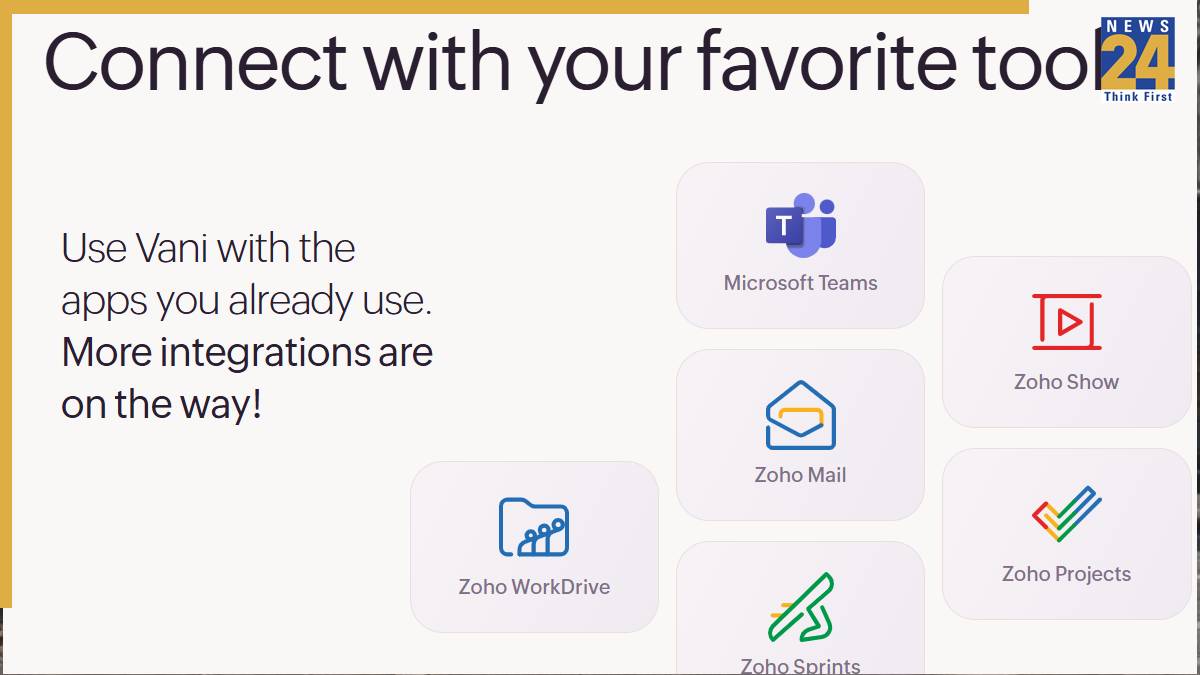Zoho has launched Vani, a new AI-integrated platform, designed to improve collaboration in the workplace. The platform is targeted at…
Browsing: AI
Google’s recent introduction of the Nano Banana image generation and editing model within its Gemini app is changing photo editing.…
Tesla’s Optimus humanoid robot is shown learning Kung Fu in a new video, revealing its progress in self-defense. The robot…
The Bombay High Court has delivered a favorable judgment for Asha Bhosle in a personality rights dispute. The court’s order,…
Meta is planning to use your AI chat data, making it important to consider the implications before using AI. This…
FastTrack’s MYND smartwatch enters the market with a focus on affordability, priced at Rs 3,999. The watch includes a 4.9…
OpenAI is poised to introduce a new online shopping feature to ChatGPT, enabling direct purchases within the chat interface. This…
US companies are increasingly considering offshore options, with India becoming a key destination, spurred by the recent rise in H-1B…
The Deputy Chief Minister and Agriculture Minister of Bihar, Vijay Kumar Sinha, initiated an AI-based agricultural radio broadcasting system to…
McAfee’s survey indicates that 95% of Indians shop during festivals like Dussehra and Diwali. Cybercriminals capitalize on this by spreading…











